Motion Detection using OpenCV
Overview
Motion detection using OpenCV is detecting and analyzing changes in the position of objects in a video stream. OpenCV is a popular open-source computer vision library that provides various functions and tools for Motion detection. Motion detection in OpenCV involves capturing video frames, analyzing them for changes in pixel intensity, and detecting movement in the scene. Motion detection using OpenCV has numerous practical applications, such as surveillance systems, traffic monitoring, and video analysis. It can be implemented using different programming languages, including Python and C++.
What is Motion Detection?
Motion detection in OpenCV refers to the process of identifying the changes in the position of objects in a scene over time. The Motion detection algorithm analyzes the video frames and detects the changes in pixel intensity to determine the movement of objects. The Motion detection algorithm can be used to detect various types of Motion, including object Motion, camera Motion, and background Motion.
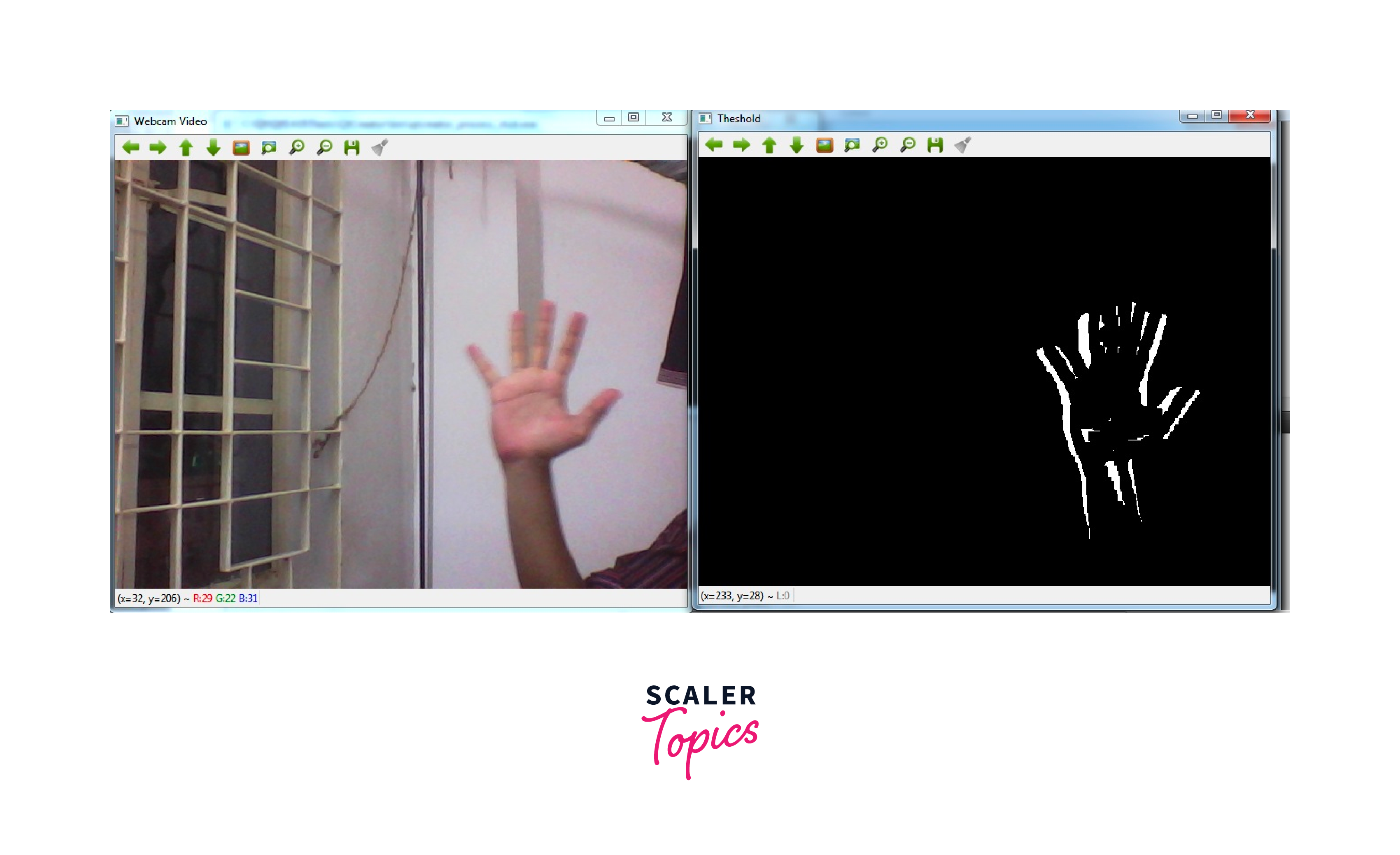
Need for Motion Detection
The need for Motion in detection OpenCV arises from the fact that it is often difficult for humans to monitor large areas or to detect subtle changes in a scene. Motion detection algorithms can automate the process of monitoring video streams, enabling real-time detection of events and objects.
- Motion detection is a vital component of computer vision, allowing for the automatic detection of movements and changes within video streams.
- One of the primary practical applications of Motion detection is in surveillance systems, where it can be used to identify potential security threats or criminal activity.
- Another important use case is in traffic monitoring, where Motion detection can be used to track vehicles and analyze traffic patterns in real-time.
- Motion detection algorithms can also be used in video analysis, allowing for the automatic identification and tracking of objects within a video stream.
- Human operators may struggle to monitor large areas or detect subtle changes in a scene, making the automation provided by Motion detection algorithms particularly useful.
- By enabling real-time detection of events and objects, Motion detection algorithms can enhance the efficiency and accuracy of a wide range of applications, from security and surveillance to traffic management and beyond.
Steps For Motion Detection using OpenCV
Here are the general steps for Motion detection using OpenCV:
-
Step 1: Capture video frames: The first step is to capture the video frames using OpenCV's video capture function.
-
Step 2: Pre-processing: The next step is to pre-process the frames to prepare them for Motion detection. This can include techniques such as resizing, grayscale conversion, and smoothing.
-
Step 3: Background modeling: The next step is to model the background of the scene to detect moving objects. This can be done using techniques such as background subtraction or frame differencing.
-
Step 4: Thresholding: The next step is to apply a threshold to the difference image obtained from the previous step. This helps to filter out small changes and highlight significant movements.
-
Step 5: Contour detection: The next step is to detect contours in the thresholded image using OpenCV's contour detection function.
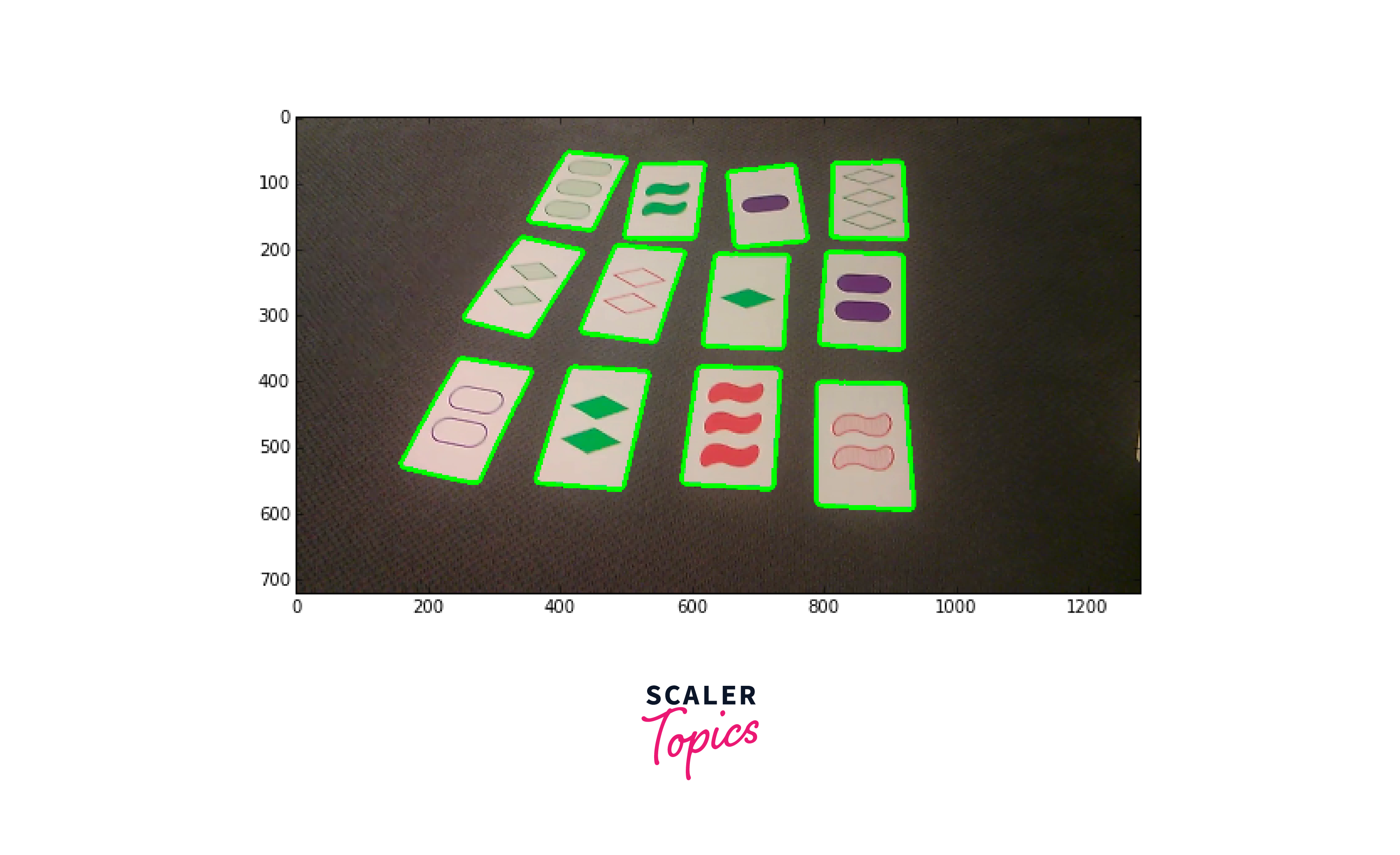
-
Step 6: Object tracking: Once the contours are detected, object tracking can be performed to track the movement of objects in the scene over time.
![]()
-
Step 7: Post-processing: Finally, post-processing techniques can be applied to the detected objects, such as filtering, smoothing, or calculating object properties like size and speed.
These steps can be customized and optimized based on the specific application and requirements of the Motion detection system.
Implementation of Motion Detection using OpenCV
Now, we will see how to detect Motion in a video stream using OpenCV and draw rectangles around the moving objects in the video. Step 1: Importing the Required Libraries
To start with, you'll need to import the required libraries into your Python environment. This includes OpenCV for image and video processing, NumPy for numerical computing, and time for tracking the elapsed time of the program. Here's the code for importing these libraries:
Step 2: Reading the Video Stream
Next, you'll need to read in the video stream that you want to detect Motion on. You can do this using the cv2.VideoCapture() function, which takes in the path to the video file as its argument. Here's an example of how to read in a video file:
Step 3: Initializing Variables
Before you start detecting Motion in the video stream, you'll need to initialize some variables that will be used in the process. These include the current frame, the previous frame, and the difference between the two frames. You'll also need to set a threshold value that determines how much of a difference in pixel intensity between frames constitutes Motion. Here's how to initialize these variables:
Here, we're using a Gaussian blur filter with a kernel size of 25x25 to reduce noise in the video stream and smooth out any changes in pixel intensity.
Step 4: Detecting Motion
Now that you've set up the initial variables, you can start detecting Motion in the video stream. To do this, you'll need to loop through each frame of the video, calculate the difference between the current frame and the previous frame, and compare this difference to the Motion threshold you set earlier. If the difference is greater than the threshold, you can assume that there is Motion in the video. Here's the code for detecting Motion:
Here, we're using the cv2.absdiff() function to calculate the absolute difference between the previous frame and the current frame. We then apply thresholding to the difference image using the cv2.threshold() function, which converts the difference image to a binary image, where white pixels represent areas of Motion.
Next, we use the cv2.findContours() function to find the contours of the white regions in the threshold image. We then loop through each contour and check if its area is greater than a minimum value (in this case, 500 pixels). If the area is smaller than this threshold, we ignore it, as it's likely just noise.
Finally, we draw a rectangle around each moving object in the video frame using the cv2.rectangle() function. We then display the resulting frame using the cv2.imshow() function and update the previous frame variable to be the current frame.
Step 5: Release Resources and Close Windows
Once you're done detecting Motion in the video stream, you'll need to release the resources used by OpenCV and close any windows that were opened during the process. Here's how to do that:
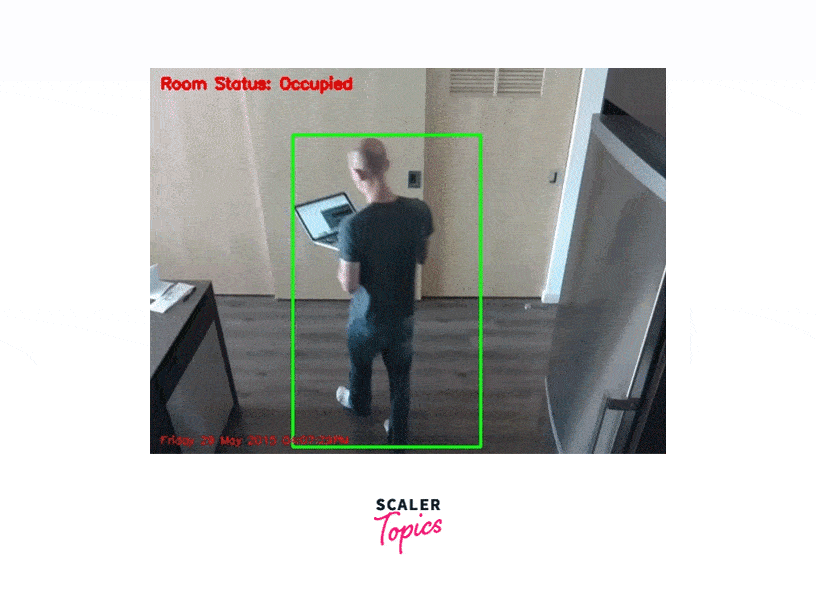
Applications of Motion Detection
Motion detection in OpenCV has various applications in fields such as security, surveillance, automotive, and robotics. Here are some common applications of Motion detection:
-
Security and Surveillance: Motion detection is widely used in security and surveillance systems to detect intruders and monitor the surroundings. Cameras equipped with Motion detection algorithms can detect and alert security personnel of any suspicious activity in real time.
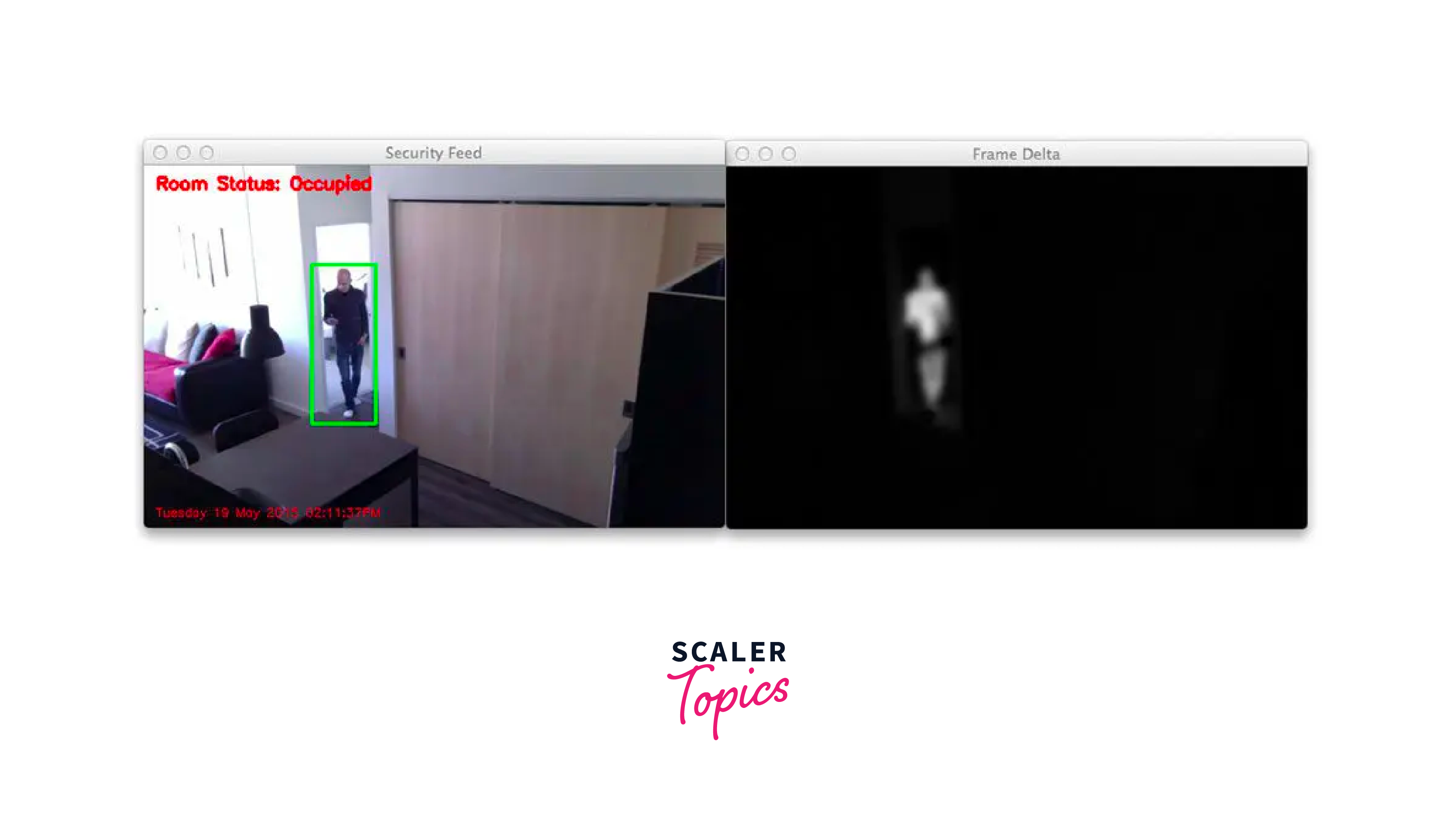
-
Automotive Safety: Motion detection is an essential component of advanced driver assistance systems (ADAS) in modern cars. Sensors such as radar, lidar, and cameras with Motion detection algorithms are used to detect obstacles, pedestrians, and other vehicles and alert the driver or take corrective action.
-
Robotics: Motion detection is critical in robotics for obstacle avoidance, path planning, and object tracking. Robots equipped with Motion detection sensors can navigate autonomously, avoid obstacles and detect objects.
-
Sports Analysis: Motion detection in OpenCV is used in sports analysis to track and analyze player movement, trajectory, and velocity. Motion detection algorithms can be used to identify patterns in the movements of athletes, helping coaches and trainers to develop more effective training regimes.
-
Human-Computer Interaction: Motion detection is used in human-computer interaction to enable natural user interfaces (NUI). NUI technology allows users to interact with computers through gestures and movements, making it easier and more intuitive to use.
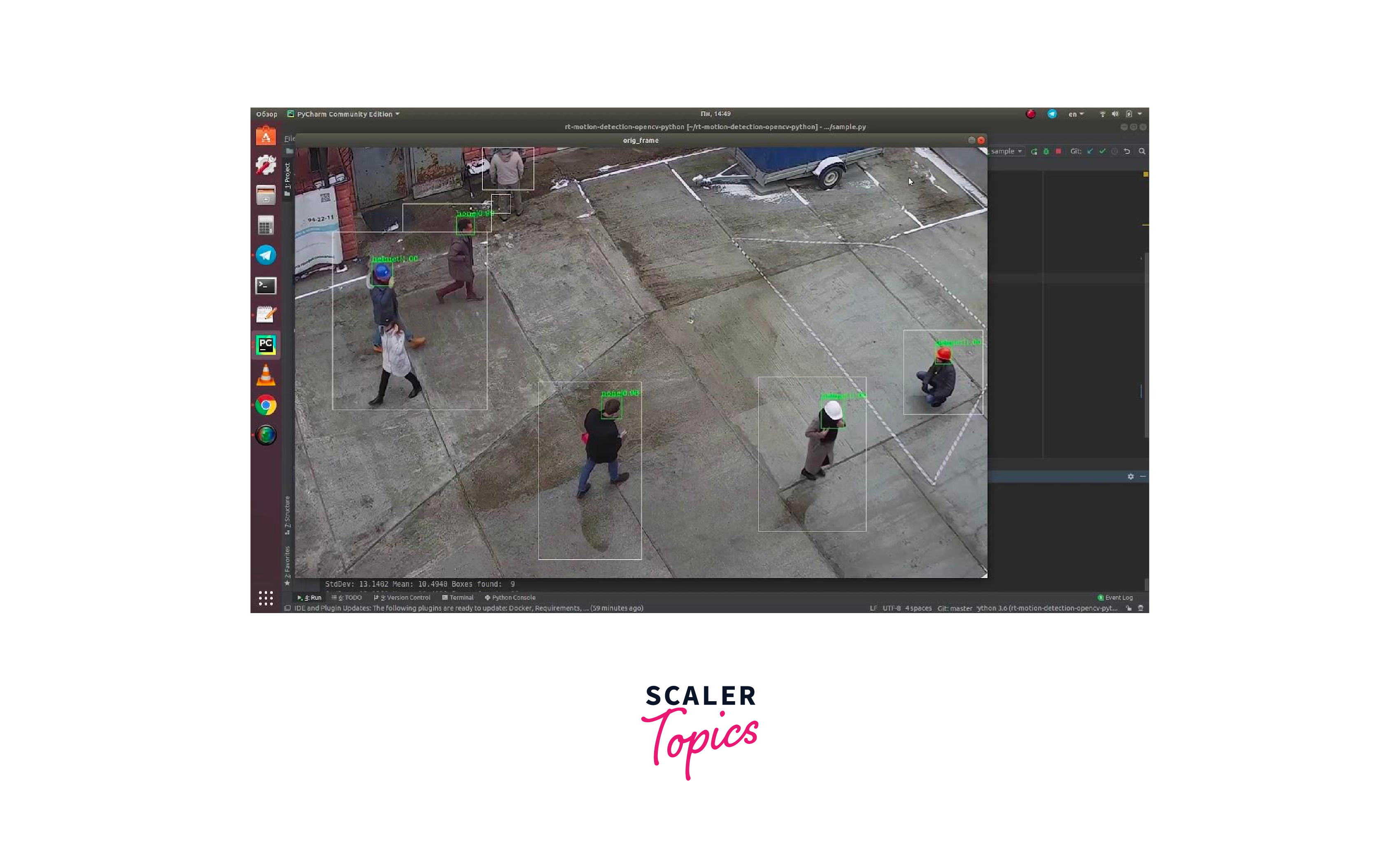
Overall, Motion detection has a wide range of applications and is an essential component of many advanced technologies.
Conclusion
- In conclusion, Motion detection in OpenCV is a powerful technology with a wide range of applications in various fields.
- OpenCV provides a simple and effective way to implement Motion detection systems, allowing for real-time monitoring and analysis of moving objects.
- By following the step-by-step guide outlined in this article, readers can gain a solid understanding of how to build a basic Motion detection system using OpenCV.
- With this knowledge, readers can further explore and develop advanced applications of Motion detection, such as security and surveillance, automotive safety, robotics, sports analysis, and human-computer interaction.
- The potential of Motion detection is vast, and with the increasing demand for intelligent systems, it will undoubtedly continue to be a crucial technology for years to come.
